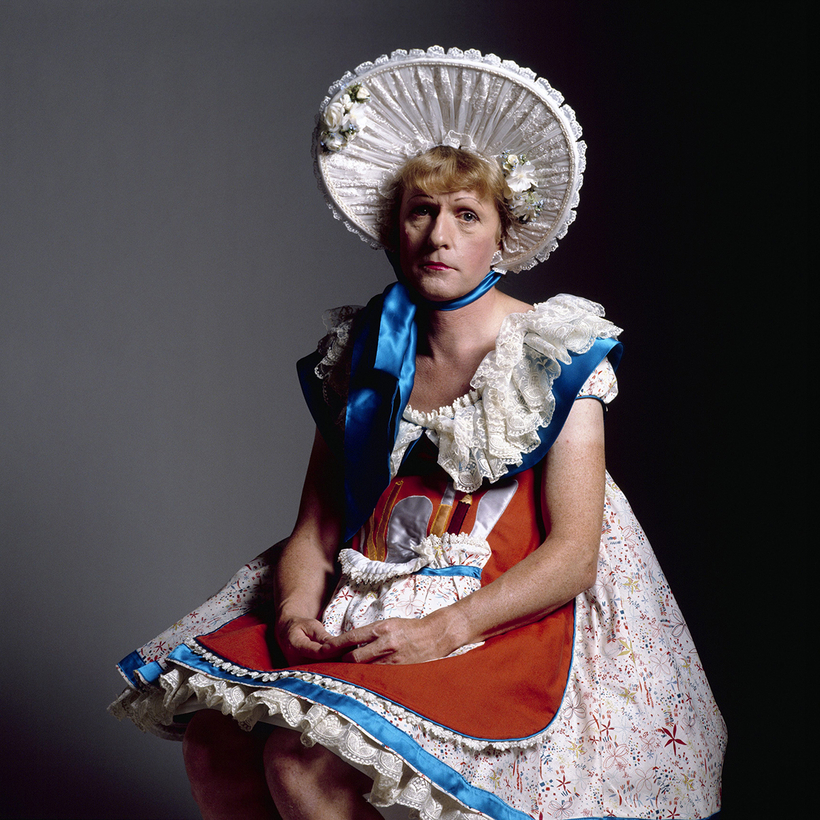Maps are mirrors. They are designed, at the most elementary level, to translate vast geographic space into something compact, yet they can’t help but reflect much more: ignorance, fear, prejudice, fantasy, myth. Two famous ancient globes embrace the unknown with the words Hic sunt dracones: “Here be dragons.” Even Google Maps and Waze trade on what we all know to be speculation—the idea that they’re sending us on the best route.

Many maps are deliberately fanciful; see, for instance, Huw Lewis-Jones’s The Writer’s Map: An Atlas of Imaginary Lands. Call it crypto-cartography. A few years ago, while visiting a friend at the British Museum, I saw outside his office a magnificent framed print of an island. It looked from a distance to be very old, but upon inspection it was a brilliant pastiche of an invented place: a mental map that captured the stream-of-consciousness outlook of someone in modern Britain. In a neat, 16th-century hand, it designated villages such as Chattering, Bespoke, and Them; a lake called Delirium; a beach named Neglect.

Which brings us to Grayson Perry, C.B.E., the cross-dressing satirist, ceramist, tapestry weaver, printmaker, Reith lecturer, and Turner Prize winner. And, also, crypto-cartographer. His oversize etching The American Dream, exhibited last year at the Royal Academy, is a cartographic Rorschach blot of the United States. Writing in The Guardian, he called it “a map of the culture war that rages mainly online.” Like advancing divisions shown on battle maps, bold arrows—representing Resentment, Fury, Paranoia, Anxiety, and much more—attack the country on many fronts. Swaths of American terrain (from the mountainous Moral High Ground to the heartland of Family Values, to the coastal precincts of Wellness) are targeted by swarms of ships and aircraft (among them, Boomers, Fake News, Organic Food, Occupy, Rust Belt, Globalization, Trans). Off the Carolinas, the storm system Woke gathers force. Looming over the action is the Mephisto-like face of Mark Zuckerberg. The pinball wizardry of Perry’s anarchic assault can’t be encompassed in words, any more than social media can, but imagine “Here be dragons” to the nth power. “Please do not look at my map for clarity,” Perry advised. “Like the English civil war, there is no clear geographical divide between ‘them’ and ‘us.’”
The other day, I e-mailed my friend at the British Museum to ask about the map I had seen at the entrance to his office. I wanted to be sure I remembered it correctly. Yes, he wrote back, I had—it was still there, in the department of prints and drawings. The map was a photogravure etching titled Map of an Englishman, created in 2004. The artist was Grayson Perry. —Cullen Murphy


 Discover
Discover